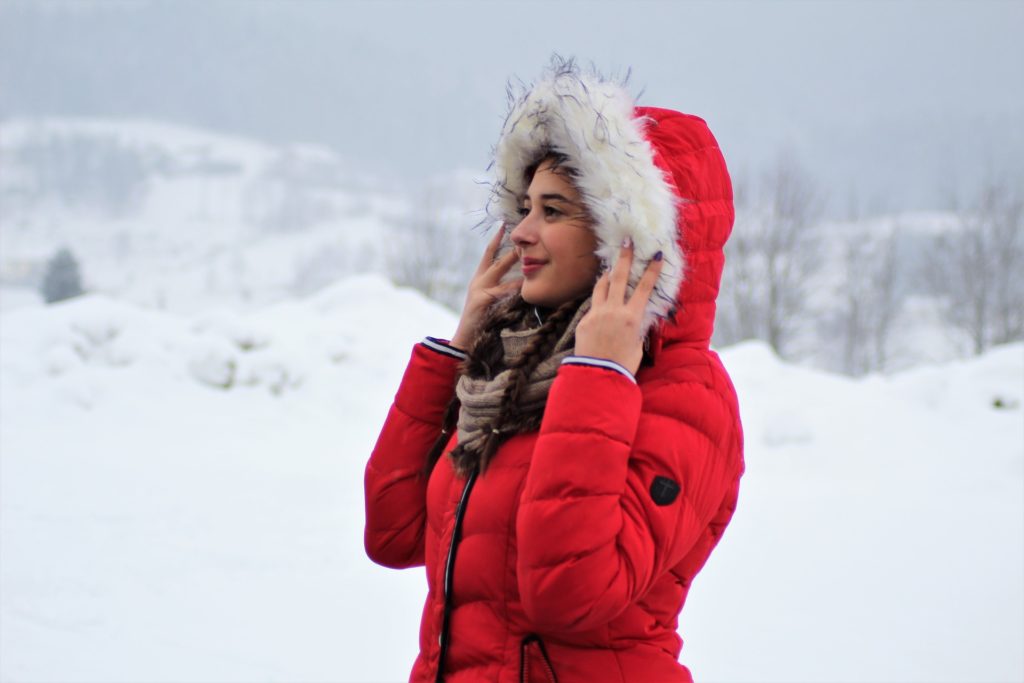
Can you get a sunburn in winter?
By Dr. Elaine McWhirter, skin cancer specialist
Are you aware of the risks of winter sun exposure? If you pack away your sunscreen at the end of summer, you’re not alone.
Two thirds of Canadians don’t wear sunscreen during winter months.
Myths about winter sun
Winter sun isn’t powerful enough to cause a burn
Most people believe the sun’s rays aren’t powerful enough to cause damage in winter months. This is false. While the UV index, the scale used to measure power of the sun’s ultraviolet rays at a given time and place, is lower in winter, the sun is still powerful enough to damage your skin. Depending on how long you spend in the sun, you can get a visible sunburn in the winter.
It’s just windburn
Another common misconception is that windburn is to blame for redness during winter. People often mistake sunburn for windburn after a day spent outdoors.
A “base tan” will protect me from sunburn
You may have heard someone say they are getting a “base tan” before heading south for vacation. The idea behind this concept is that tanning in advance of exposure to strong sun will protect you from future sunburn. That’s a myth. First of all, a base tan only provides a sun protection factor (SPF) of about 3. That will give you almost no protection from the sun. Secondly, in order to get a “base tan” people often use tanning beds. Tanning beds expose you to high UV levels and are strongly associated with skin cancer.
Winter sports and sunburn
Staying active outdoors during winter is great! But it’s important to make sunscreen part of your winter sport routine.
UV rays are higher at higher altitudes. With every 1000 metre increase in altitude, UV levels increases by about 10 per cent. Keep this in mind when you are skiing or snowboarding!
Snow can also magnify the strength of UV rays. Fresh, white snow reflects the sun’s rays, and can up to double your UV exposure. The UV index is a bit lower in winter, but when doubled, it can be on par with summer levels. This exposure is common during activities like ice fishing, tobogganing, or skating.
How to protect yourself
Sun protection in winter months is simpler than in summer, because you will naturally be wearing more clothing due to cold weather. There are extra steps you should take to protect your skin, though.
• Wear a daily moisturizer with SPF 30 or greater.
• Wear sunscreen with SPF 30 or greater when you’re spending time outside.
• Cover exposed skin with clothing.
• Wear wraparound goggles or sunglasses with 100 per cent UV protection.
• Seek shade during peak sun hours (midday) or use a pop up shelter or umbrella if you’re spending a long time outside.
Going south for vacation?
• Check the Local UV Report. If you can, limit time in the sun when the UV Index is 3 or higher.
• Seek shade or make shade by using an umbrella, a UV protective tent or pop-up shelter.
• Wear comfortable clothes that cover as much skin as possible (even when swimming) or UV-protective clothing. Wear a wide brimmed hat that covers the head, neck, and ears.
• Apply plenty of sunscreen with SPF 30 or higher, labelled ‘broad spectrum’ and ‘water resistant.’ Reapply every 2 to 3 hours; more frequently if swimming, sweating, or towelling. Use a sunscreen lip balm.
• Wear close fitting/wraparound sunglasses with 100 per cent UV protection.
Sun exposure and skin cancer
When you get a sunburn, the cells in your skin are being damaged. Those damaged cells can develop into skin cancer, including melanoma.
Melanoma is one of the most preventable forms of cancer. When discovered early, it can also be very treatable. But if detected late, melanoma can spread to other parts of the body, growing into the deep layers of the skin and entering the lymph system. Once it spreads to other organs, it can be extremely difficult to treat.
Monitoring your skin carefully and regularly can help detect abnormal growths early. Learn how to do a proper skin check.
